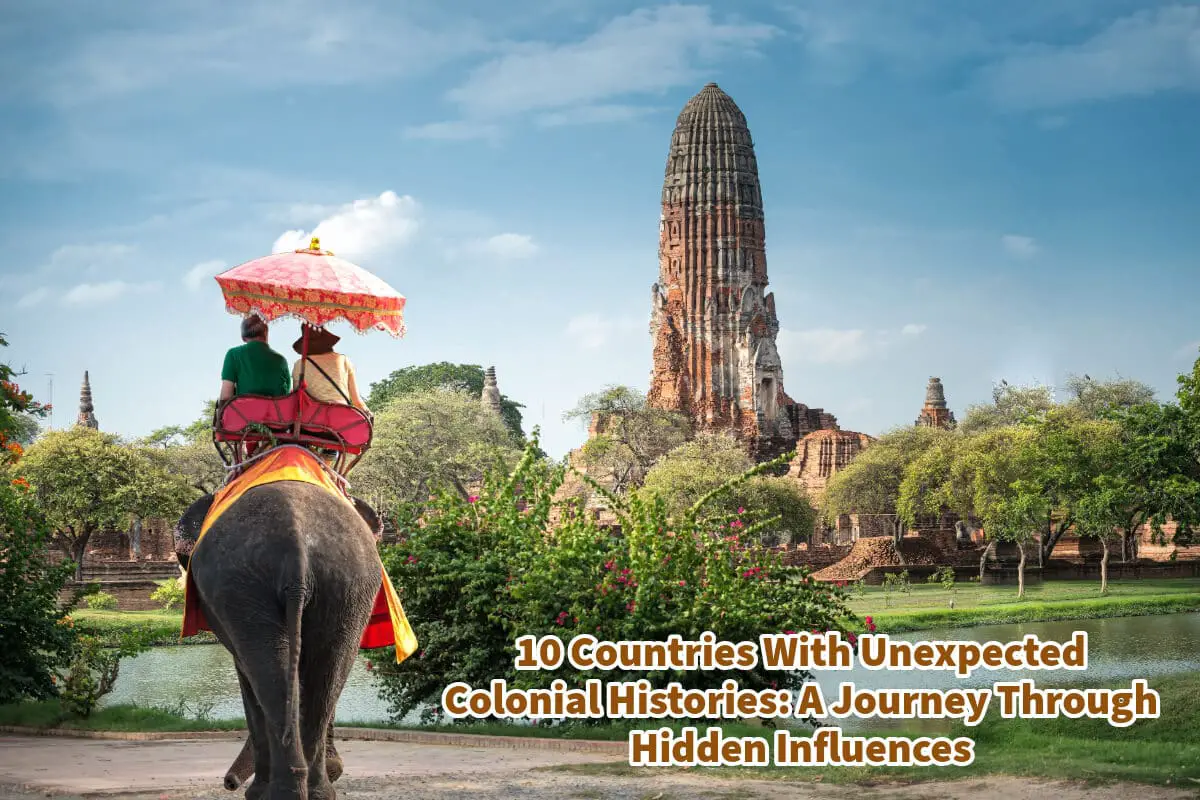Colonial history has profoundly shaped the modern world, influencing language, culture, politics, and national identities.
While many associate colonization with familiar powers like Britain, Spain, or France, numerous countries have unexpected colonial histories that surprise even seasoned travelers. These histories often reveal the complex interplay of global powers, cultural exchange, and the lasting legacies of colonization.
Table of Contents
- 10 Countries with Unexpected Colonial Histories: A Journey Through Hidden Influences
- 1. Vietnam: A French Colonial Legacy
- 2. Japan: Dutch Trading Posts and Portuguese Missionaries
- 3. Cambodia: French Influence Amidst Ancient Traditions
- 4. Eritrea: Italian Ambitions in Africa
- 5. India: Danish and French Colonies Amid British Rule
- 6. Suriname: A Dutch Colonial Outpost in South America
- 7. Philippines: Spanish and American Dual Legacies
- 8. Mozambique: A Portuguese Colonial Gem
- 9. Thailand: A Rare Case of Non-Colonization
- 10. Madagascar: A Blend of French and Asian Influences
- The Lasting Legacy of Hidden Colonial Histories
- Related Questions
10 Countries with Unexpected Colonial Histories: A Journey Through Hidden Influences
Read on as we explore 10 countries with surprising colonial pasts, uncovering how colonization has left its mark on their modern-day cultures. This journey will shed light on fascinating, lesser-known histories, from European outposts in Asia to African nations with hidden colonial influences.
1. Vietnam: A French Colonial Legacy
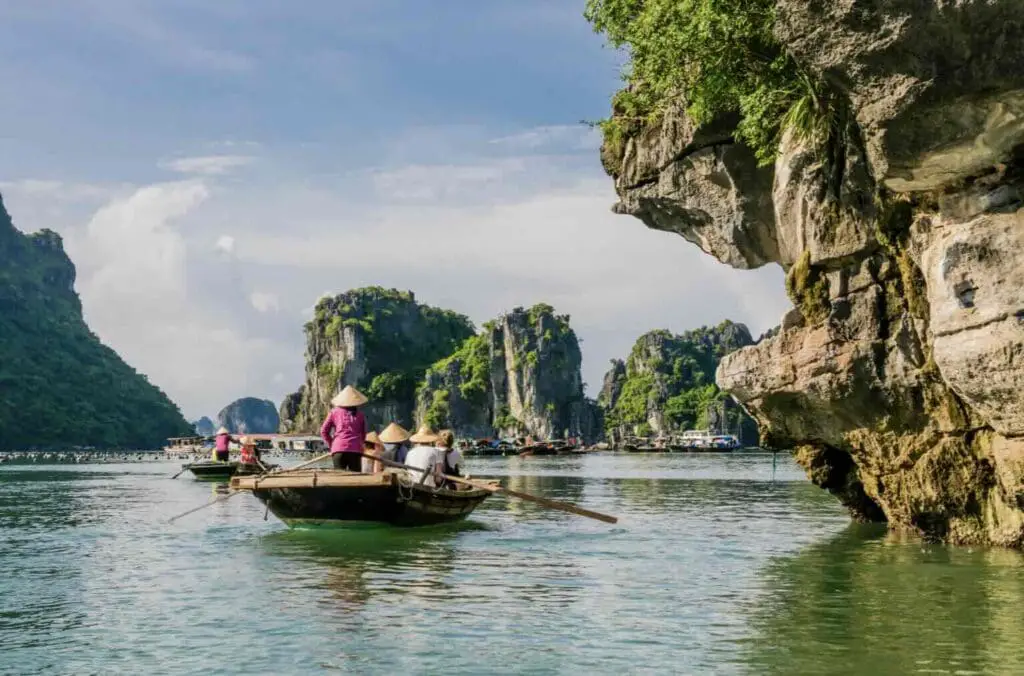
Vietnam’s colonial past is intertwined with French influence, leaving a rich cultural and architectural legacy. The French colonized Vietnam in the mid-19th century as part of French Indochina, which also included Laos and Cambodia.
Unexpected Influence:
- French architecture is evident in landmarks like the Notre Dame Cathedral in Ho Chi Minh City and Hanoi’s Opera House.
- The Vietnamese language incorporates French loanwords, and baguettes are integral to bánh mì, the country’s iconic sandwich.
- Vietnam’s coffee culture, introduced by the French, thrives with a unique local twist, such as egg coffee and condensed milk brews.
Travel Tips:
- Visit Hanoi’s French Quarter to witness the remnants of French colonial architecture and enjoy a cup of cà phê sữa đá (iced coffee with condensed milk).
2. Japan: Dutch Trading Posts and Portuguese Missionaries
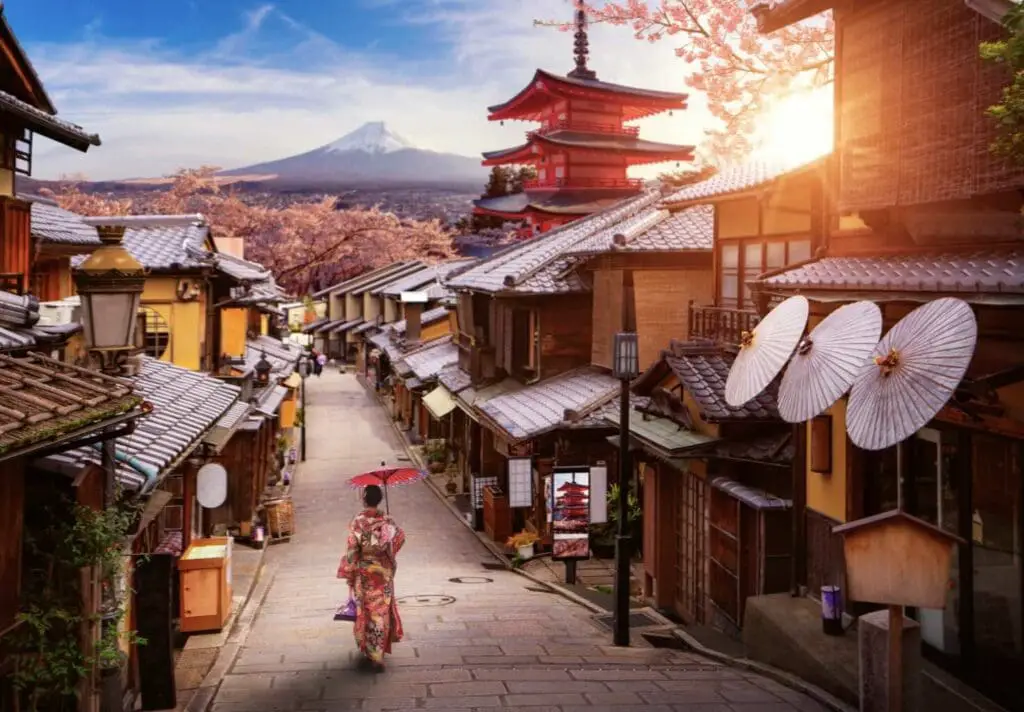
Japan’s colonial interactions were limited but fascinating, with European powers like the Portuguese and Dutch leaving lasting influences. In the 16th century, Portuguese missionaries and traders introduced Christianity, firearms, and Western goods, while the Dutch maintained an exclusive trading post on Dejima, a man-made island in Nagasaki Bay.
Unexpected Influence:
- Tempura, a Japanese culinary staple, was inspired by Portuguese fritters.
- The introduction of firearms revolutionized Japan’s military strategies during the Sengoku period.
- Dutch scientific texts influenced Japan’s advancements in medicine and astronomy during the Edo period.
Travel Tips:
- Visit Nagasaki to explore Dejima and learn about Japan’s unique interactions with European powers during its self-imposed isolation.
3. Cambodia: French Influence Amidst Ancient Traditions
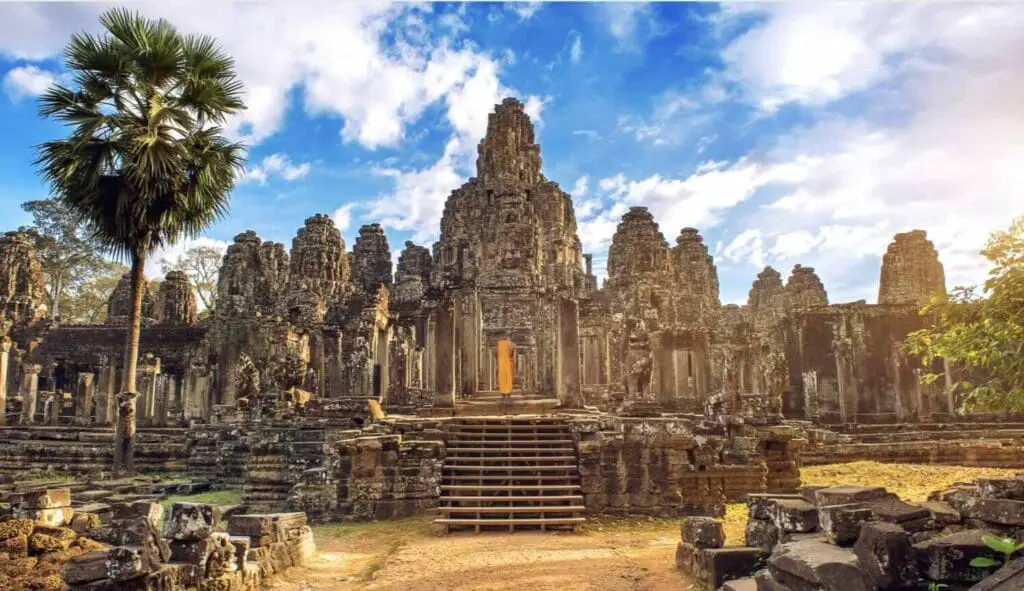
Like Vietnam, Cambodia was part of French Indochina, with colonization beginning in the late 19th century. French influence is evident in Cambodian cuisine, architecture, and even its education system.
Unexpected Influence:
- The French helped restore and preserve the Angkor Wat complex, now a UNESCO World Heritage Site.
- Cambodian cuisine features French-inspired dishes like lok lak (stir-fried beef) and French bread.
- Colonial-era buildings in Phnom Penh, including the Central Market and Royal Palace, showcase French design elements.
Travel Tips:
- Stroll along Phnom Penh’s riverside to admire colonial-era architecture and enjoy a fusion of Khmer and French cuisines.
4. Eritrea: Italian Ambitions in Africa
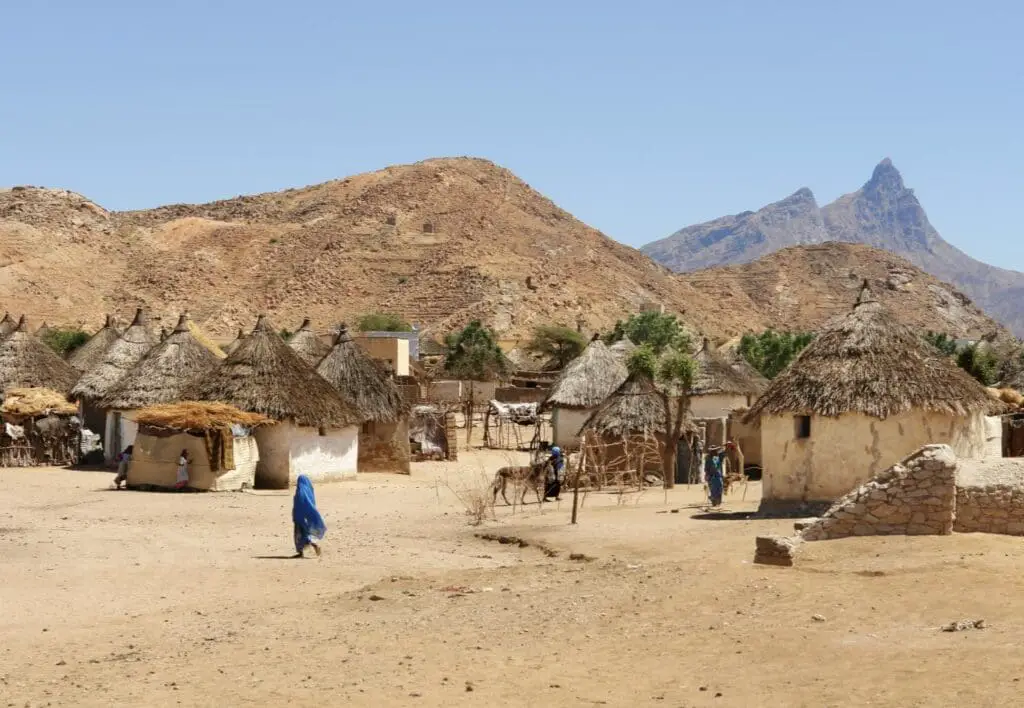
Eritrea, a small country in the Horn of Africa, was colonized by Italy in the late 19th century. Italian colonization left an indelible mark on Eritrean cities, particularly Asmara’s capital.
Unexpected Influence:
- Asmara is known for its stunning Art Deco architecture, earning it the nickname “Little Rome.”
- Italian culture influenced Eritrean cuisine, with pasta and cappuccinos becoming local staples.
- Italian infrastructure projects, such as railways and ports, modernized parts of Eritrea.
Travel Tips:
- Explore Asmara’s well-preserved modernist architecture and sample the unique fusion of Italian and Eritrean cuisines.
5. India: Danish and French Colonies Amid British Rule
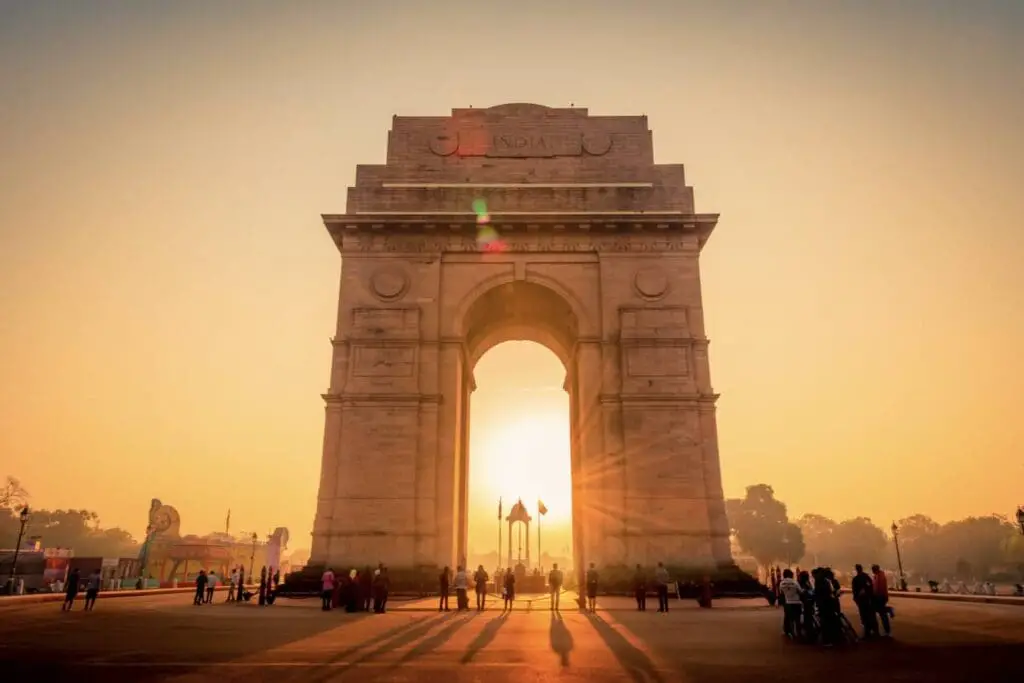
While India’s history as a British colony is well-known, few realize that the Danes and French also established colonies on the subcontinent. The Danes controlled Tranquebar (now Tharangambadi) in Tamil Nadu, and the French ruled the charming town of Pondicherry (now Puducherry).
Unexpected Influence:
- Tranquebar retains remnants of Danish colonial architecture, such as Fort Dansborg.
- Pondicherry’s French Quarter is famous for its colonial-style villas, cobblestone streets, and French cafes.
- The French influence persists in Pondicherry’s bilingual signs and local Creole cuisine.
Travel Tips:
- Wander through Pondicherry’s French Quarter to experience a slice of Europe in southern India, and don’t miss sampling fusion dishes like French-inspired dosas.
6. Suriname: A Dutch Colonial Outpost in South America
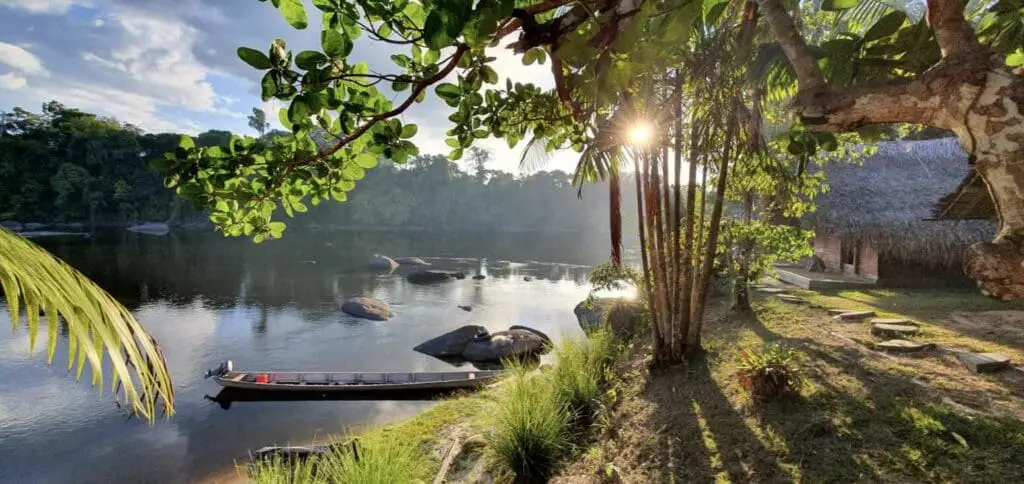
Suriname, a small country in South America, was a Dutch colony for over three centuries. Its history of colonization has created a diverse cultural tapestry that blends African, Indian, Javanese, and European influences.
Unexpected Influence:
- The capital city, Paramaribo, features Dutch colonial architecture and is a UNESCO World Heritage Site.
- Suriname’s population speaks Dutch as the official language, a rarity in South America.
- The country’s cuisine is a fusion of Javanese, African, and Indian flavors with a Dutch twist.
Travel Tips:
- Travel Tip: Visit Paramaribo’s historic center to explore Dutch colonial buildings and vibrant multicultural markets.
7. Philippines: Spanish and American Dual Legacies
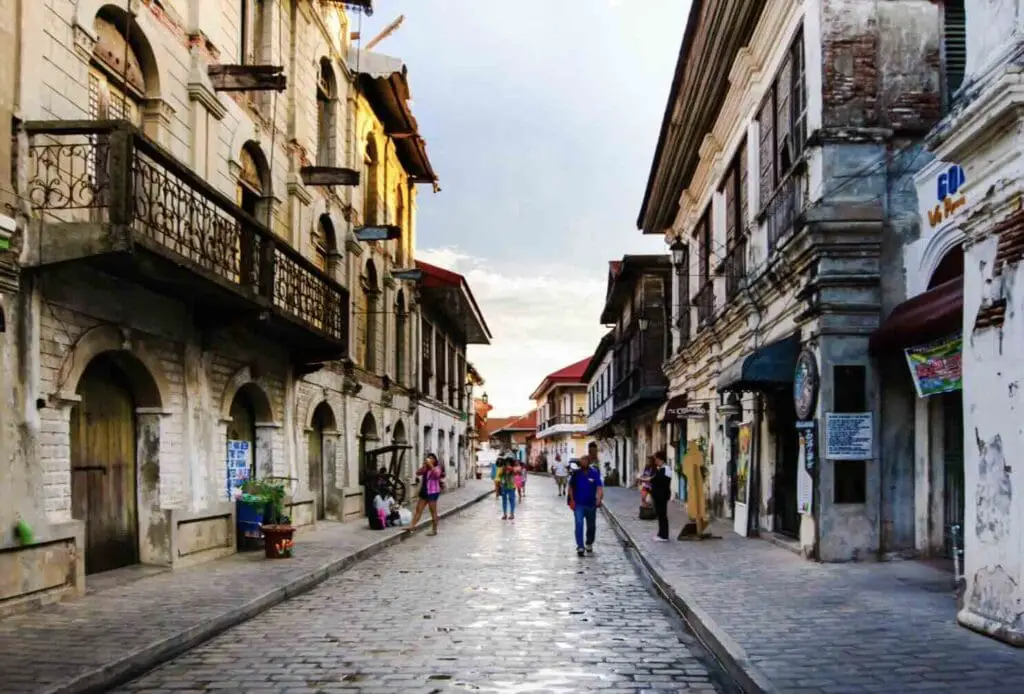
The Philippines’ colonial history is unique due to its long Spanish rule (over 300 years) followed by American colonization in the early 20th century. This dual legacy has left a profound impact on Filipino culture.
Unexpected Influence:
- Catholicism dominates Filipino religious practices, a result of Spanish missionary efforts.
- The Spanish introduced fiestas, architecture, and traditional dances like the Tinikling.
- American influence is visible in the country’s education system, love for basketball, and widespread use of English.
Travel Tips:
- Explore Intramuros, Manila’s walled city, to experience Spanish colonial architecture and history.
8. Mozambique: A Portuguese Colonial Gem
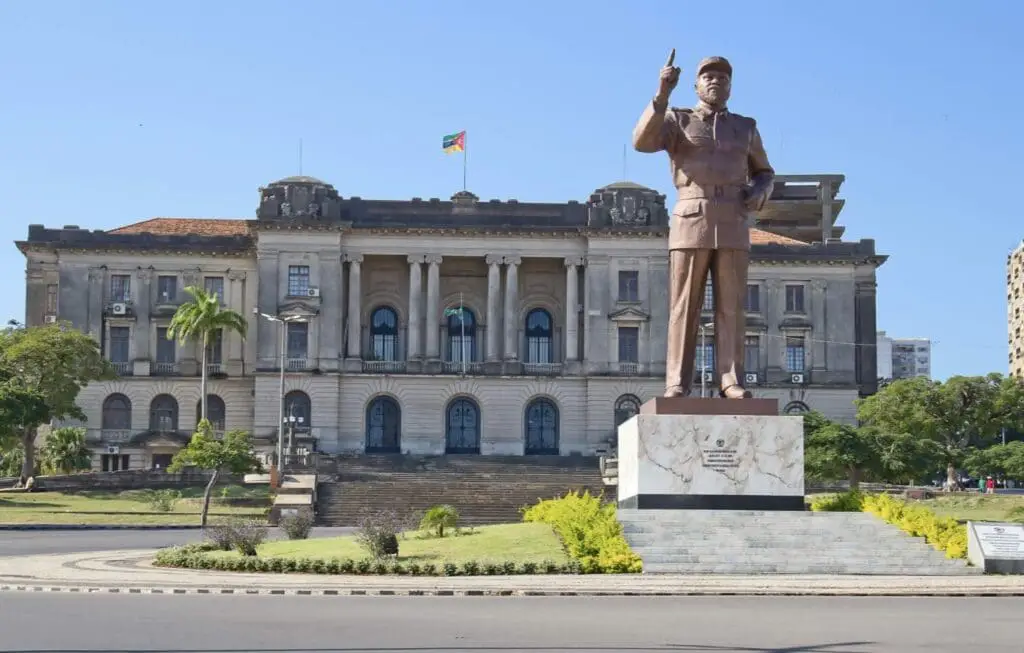
Mozambique’s history as a Portuguese colony has left the country with a rich blend of African and European influences. The Portuguese ruled Mozambique for nearly 500 years, shaping its language, cuisine, and architecture.
Unexpected Influence:
- Portuguese is Mozambique’s official language, spoken alongside numerous local dialects.
- The country’s cuisine includes dishes like peri-peri chicken and matapa, influenced by Portuguese flavors.
- Colonial-era forts and churches remain prominent in cities like Ilha de Moçambique, a UNESCO World Heritage Site.
Travel Tips:
- Visit Ilha de Moçambique to explore its historic architecture and enjoy its serene beaches.
9. Thailand: A Rare Case of Non-Colonization
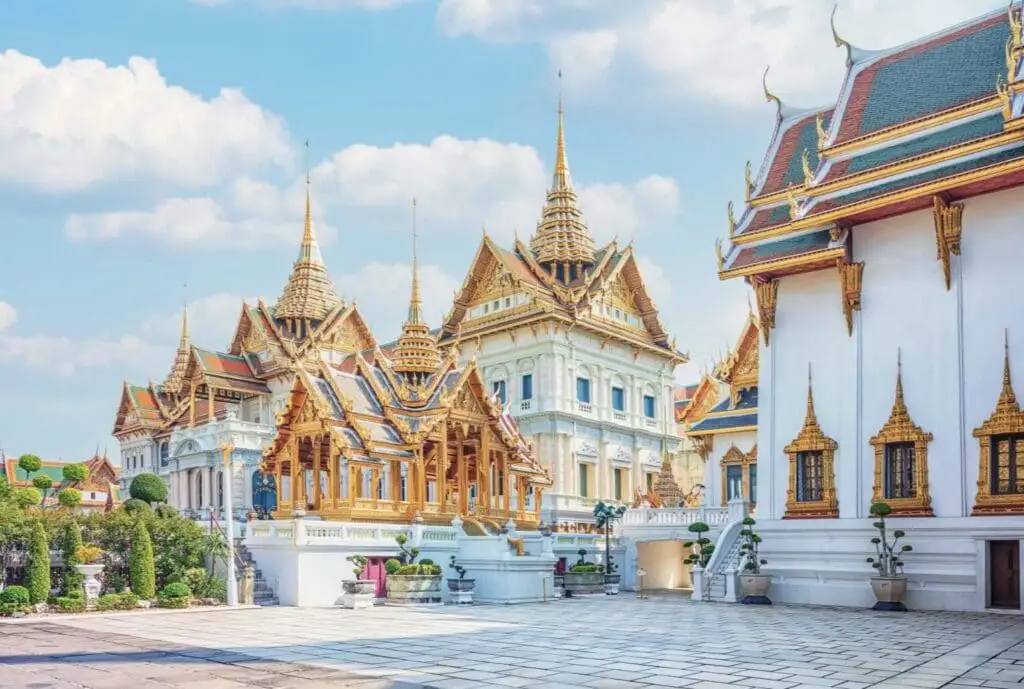
Thailand is unique in Southeast Asia for having never been colonized, yet its history reveals significant influence from Western powers. Thailand (then Siam) navigated the colonial era through diplomatic skills by modernizing and adopting Western practices.
Unexpected Influence:
- Western-style architecture, such as the Grand Palace and European-style mansions in Bangkok.
- Colonial neighbors inspired the introduction of modern education and infrastructure.
- Cultural exchanges with European traders shaped Thailand’s global outlook.
Travel Tips:
- Explore Bangkok’s Grand Palace and nearby European-style buildings to glimpse Thailand’s historical adaptability.
10. Madagascar: A Blend of French and Asian Influences
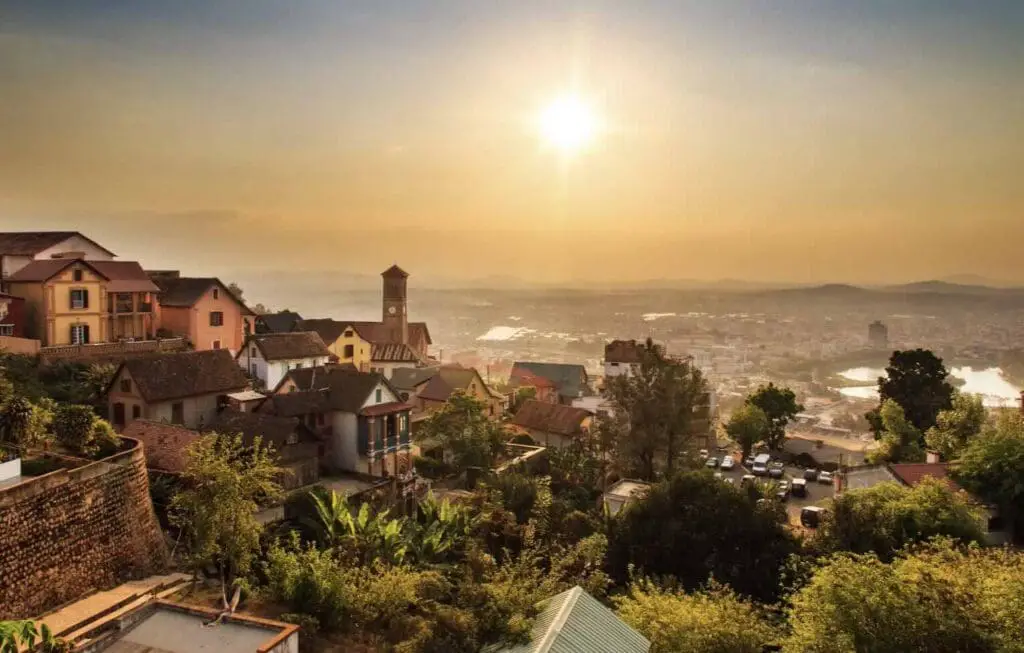
Madagascar’s colonial history includes French rule, but the island nation’s unique geography also brought influences from Asia, particularly Indonesia and Africa.
Unexpected Influence:
- French is one of Madagascar’s official languages, and French cuisine has influenced local dishes.
- Malagasy culture blends African and Southeast Asian traditions, which are evident in architecture, music, and customs.
- Colonial-era buildings in Antananarivo reflect a mix of European and local styles.
Travel Tips:
- Visit Antananarivo to explore its colonial heritage and enjoy Madagascar’s unique biodiversity on nearby nature reserves.
The Lasting Legacy of Hidden Colonial Histories
These countries with unexpected colonial histories highlight the complexity of global cultural exchanges and the resilience of local traditions. Colonial influences have left behind not only architecture and languages but also cuisines, traditions, and ways of life that continue to shape these nations today.
As you travel, look beyond the surface to discover the hidden stories of colonization and its impact on modern-day cultures. Understanding these histories not only enriches your travels but also deepens your appreciation for our world’s interconnectedness.
At A Bus On A Dusty Road, we talk about travel, life, and ex-pat living. We are all about “Living Life As A Global Citizen.” We explore social, cultural, and economic issues and travel.
We would love to have you be part of our community. Sign up for our newsletter to keep up-to-date by clicking here. If you have any questions, you can contact me, Anita, by clicking here.
Listen to our Podcast called Dusty Roads. You can find it on all major podcast platforms. Try out listening to one of our podcasts by clicking here.
Subscribe to our A Bus On A Dusty Road YouTube Channel filled with great videos and information by clicking here.
Related Questions
What Are The Genealogy DNA Tests?
We inherit our DNA from our parents and our ancestors. Genealogy genetic ancestry tests are beneficial in finding out more about our ethnic heritage, health traits, and ancestors. Most tests given are for Y-DNA, mitochondrial DNA, and autosomal DNA. There are now 5 major DNA companies that are performing genealogical DNA testing.
You can find out more by reading out blog Genealogy DNA Tests and Testing – Read This Before You Buy by clicking here.
Why is Ancestry Travel the New And Exciting Travel Trend?
Ancestry travel is a new and exciting way to travel as it helps you discover your family history. The ancestry travel trend has been driven partly by at-home DNA testing, people wanting to travel with meaning, and a new perspective on life. Ancestry travels helps you feel connected with the place you are traveling to and your ancestors.
You can find out more by reading our blog, Why Ancestry Travel is The New and Exciting Travel Trend by clicking here.
Why Is Knowing Your Ancestor’s Homeland Is Important?
Research about your ancestor’s homeland is essential to any genealogical travel. You must do your research on your ancestor’s hometown before your travel to that location. If you are unsure where to look, consider getting a DNA test.
You can discover more by reading Genealogy Travel: Why Knowing Your Ancestor’s Homeland Is Important by clicking here.

